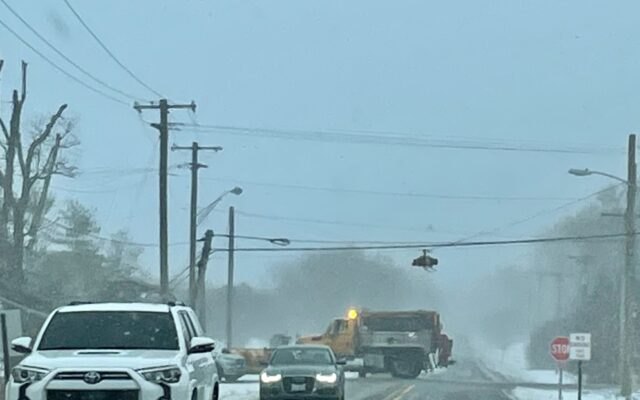WORK SMARTER NOT HARDER: Snow – Blowing V Drifting – Know the Dangers

Do you know the difference between blowing snow and drifting snow? And do you know the specific dangers of each?
They both cause serious navigational problems, for drivers – and for pilots. But they have their differences; which are mainly based on height.
Basically, BLOWING SNOW is lifted by wind to 8 feet above the ground or more. DRIFTING SNOW is whipped up by the wind, but stays lower than 8 feet.
Blowing snow may be falling or already fallen; but wind whips (either or both, together), up into your line of sight. Quite suddenly, you may not be able to see much past the front of your vehicle. Sometimes it appears to be new snow, falling, even when it’s not. This blowing snow may create very long, slippery drifts – often right across roadways. Or it may created drifted mini-mountains, very quickly. And this can happen on a sunny day – which may cause a very bright, blinding, dangerous condition for drivers or pilots.
Drifting snow has been known to cause serious spin-outs and crashes. It has even surprised snowplow drivers – who have gotten their snow-removal equipment stuck – in these unbelievably fast-appearing hazards.
* * *
The following is from The Weather Channel:
Blowing snow is defined as snow lifted from the surface by the wind, at a height of 8 feet or more, that will reduce visibility.
While blowing snow is to be expected during a snowstorm with gusty winds, you may also see it in your local forecast after the snow has stopped falling, even if it’s a sunny day.
If winds remain strong enough behind a snowstorm, that fresh powder can still be picked up by the wind, reducing visibility with each gust. Sometimes weather observing stations can even get confused and report “light snow” on a clear day.
Blowing snow can lead to snow drifts, or banks of deep snow built up by the wind.
Drifting snow, like blowing snow, is defined as snow lifted from the surface by the wind. The key difference is that the lifted snow remains below 8 feet. Once it rises to 8 feet or higher, it becomes blowing snow.
Drifting snow generally doesn’t reduce visibility as much as blowing snow does, since it’s not lifted as high into the air.
The blowing and drifting snow has to end up somewhere, which is how snow drifts form. If the winds are blowing in the same direction for several hours, the snow is also going to blow in that direction, allowing snow drifts to continuously grow larger.
The most common hazard caused by blowing and drifting snow is quickly reduced visibility while driving. The lowest visibility would occur when falling snow accompanies any blowing and drifting snow; but visibility is still reduced without the falling snow.
When combined with falling snow, blowing and drifting snow can lead to near zero visibility at times. It is best to stay off the roads when this happens, and wait until conditions improve before driving to your destination.






